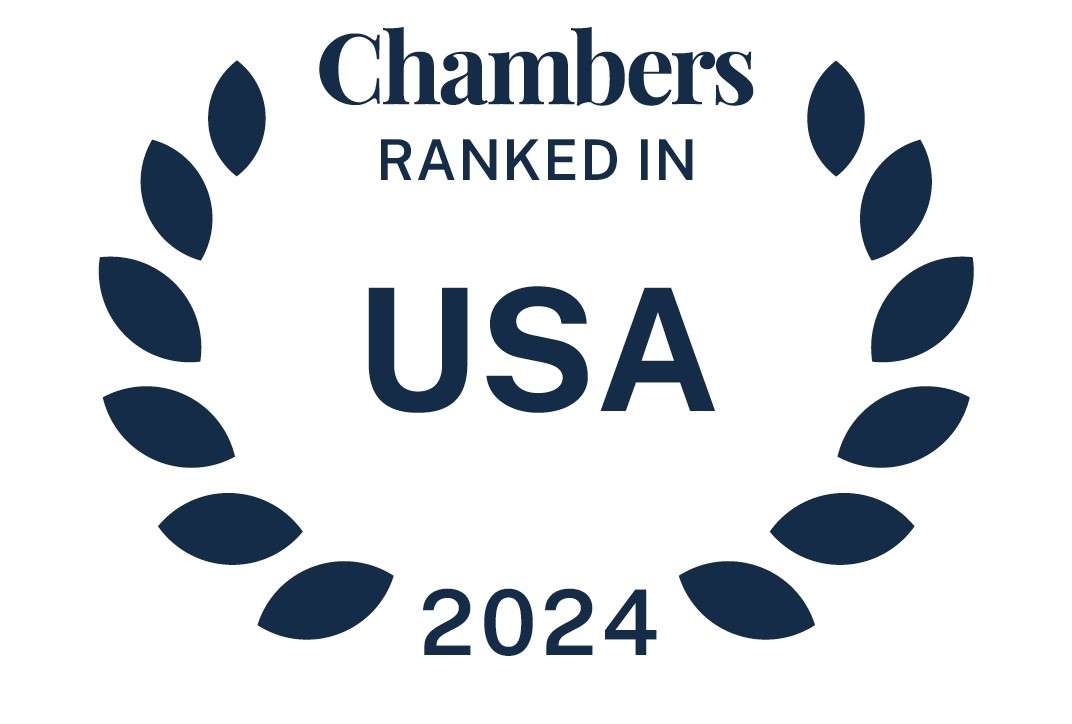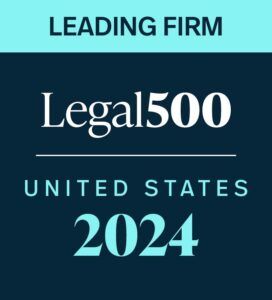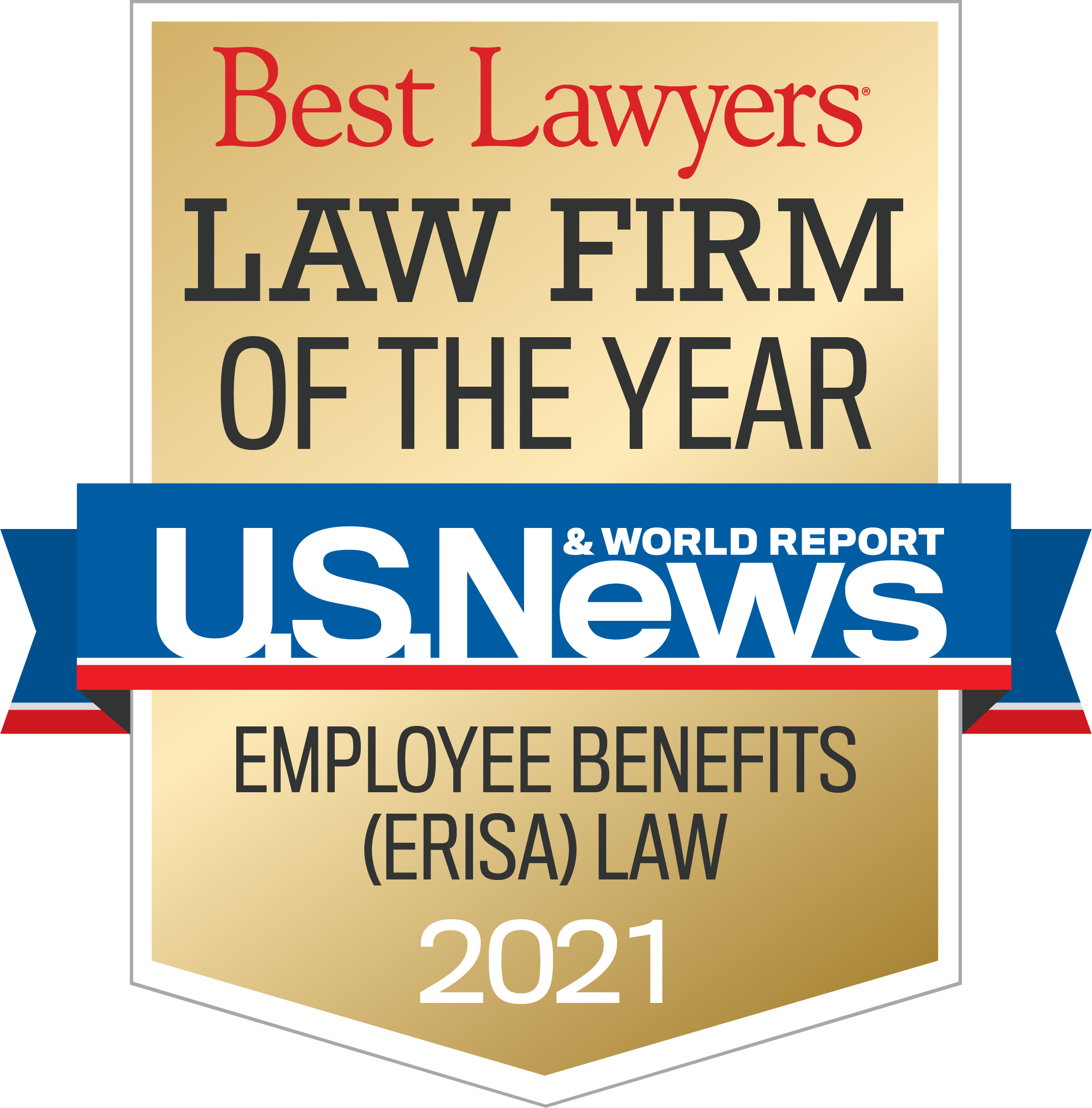The UK Court of Appeal has handed down its decision in Rodgers v Sunrise Brokers LLP [2014] EWCA Civ 1373, a case in which the High Court ruled that an employee who resigned in breach of contract remained employed by the employer, and was not entitled to be paid if he refused to come back to work. You can access our alert on the original High Court decision here.
Although the Court of Appeal rejected Mr Rodgers’ appeal in its entirety, it made some interesting observations, which should be taken into account by employers seeking to enforce restrictive covenants.
Background
Mr Rodgers had entered into a fixed-term employment contract with Sunrise Brokers LLP (Sunrise), under which he could not lawfully terminate the contract until September 2015. Thereafter, he was subject to a suite of restrictive covenants of between six and 12 months’ duration, which he accepted were reasonable.
Mr Rodgers walked out on 27 March 2014. Before doing so, he had accepted employment with one of Sunrise’s competitors and agreed to start work for that competitor at a later date. He refused to honour the rest of his contract with Sunrise.
Sunrise chose not to accept Mr Rodgers’ purported resignation, as it was in breach of the terms that had been agreed. The company instead took the view that the contract remained live, but refused to pay him on the basis that he was refusing to come to work.
The High Court Decision
Sunrise voluntarily agreed to shorten the length of the contract so that it would end in October 2014 instead of September 2015. The High Court issued an injunction holding Mr Rodgers to the terms of his employment contract until that date, but only enforcing his restrictive covenants until 26 January 2015. The restrictive covenants were therefore enforced for less than the six month period specified in Mr Rodger’s contract of employment.
The Court of Appeal Decision
The Court of Appeal sanctioned this approach. In doing so, it confirmed that the High Court was entitled to enforce the restrictive covenants for less than the six month period contained in Mr Rodger’s employment contract.
The Court of Appeal’s judgment is a useful reminder that, in order to obtain injunctive relief against an employee for the full duration of a restrictive covenant, an employer must show both that
- The covenant was reasonable at the date it was agreed; and
- It is still appropriate for the Court to enforce it at the date the injunction is issued.
It is easy to fall into the trap of only addressing the first of these requirements, but employers wishing to enforce restrictive covenants should assess whether or not they have an arguable case on both fronts. If they fail to do so, they could find themselves with a covenant that is both reasonable and theoretically enforceable, yet with no, or a reduced period of, protection from the Court.
read more


 Subscribe
Subscribe




